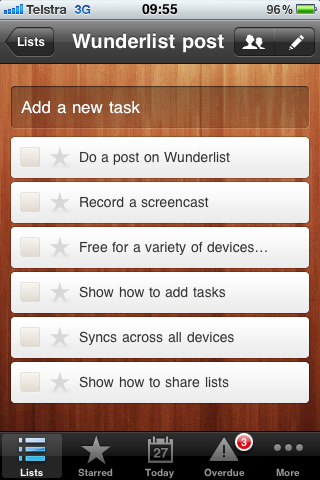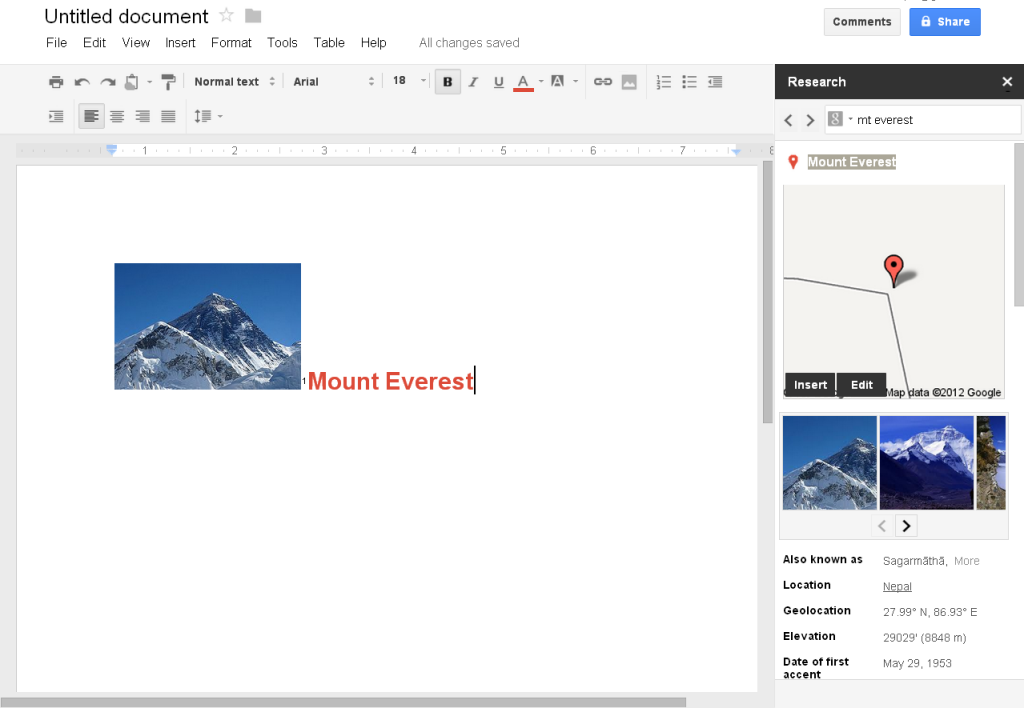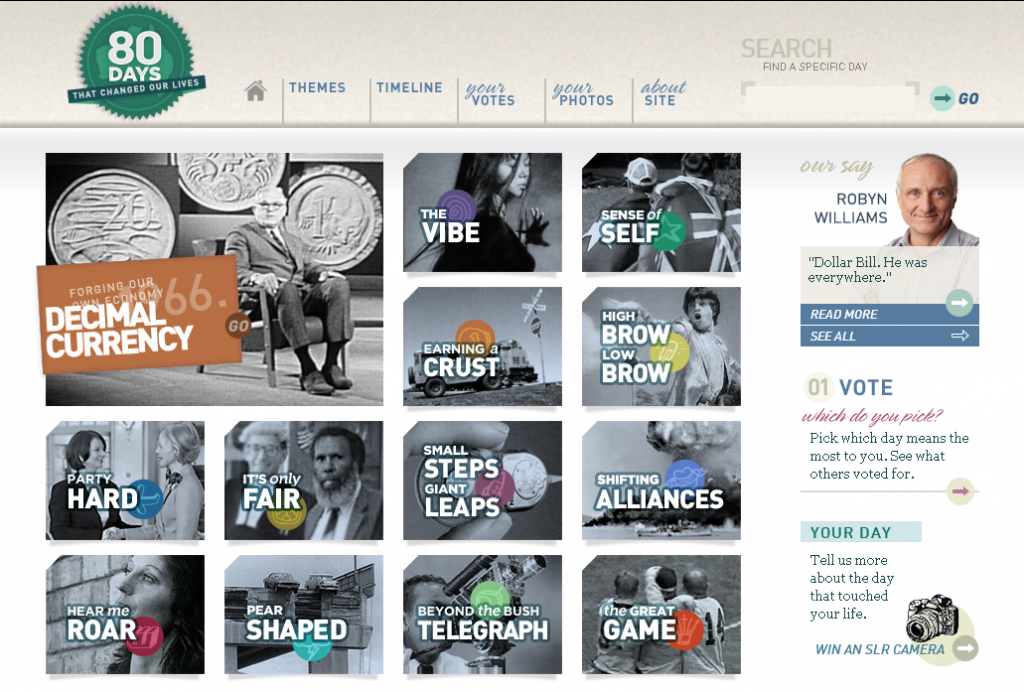During his keynote speech at the recent ICTEV 2012 conference, Alan November explored the value of screencasting in education. He had spoken to a student about why they preferred to learn from a video made by another student or their teacher, instead of having a teacher explain concepts on a whiteboard to the whole class. They student told him that learning this way was great because “my teacher doesn’t have a rewind button”.
The popularity of the flipped classroom model and sites like Mathtrain or the Khan Academy show that viewing and recording instructional videos is a great way to supplement and support learning. Teachers might record short videos about key concepts or students could record their process for completing a task. Having a student consider how best to teach a concept or procedure reinforces their own learning. There are great apps like Educreations that work as a virtual whiteboard to be recorded and shared. We’ll explore this tool in a future post.
For recording video of your computer screen we recommend Screenr. This free service is stable, requires little installation and allows you to easily publish to the web or save your files for later viewing. You can also log in with a Google or Twitter account so that’s one less password to remember. It does require an internet connection while you record, so if this is an issue then you might try a free program like Jing instead.
To get started, have a look at our screencast about Screenr below. (3.25)







